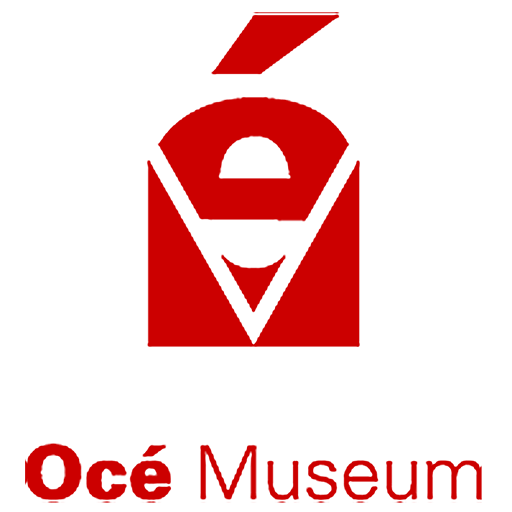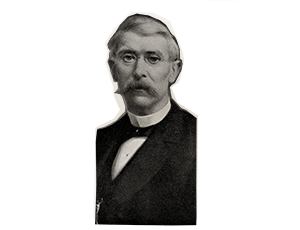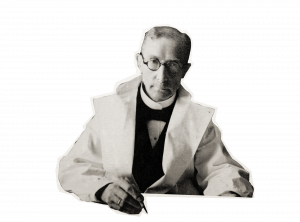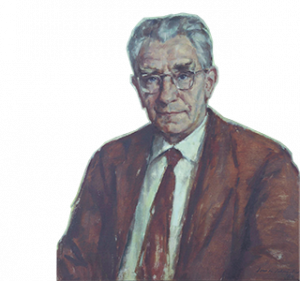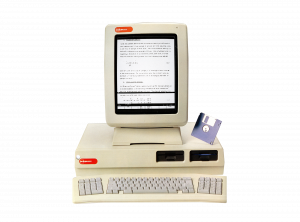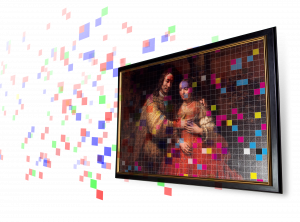In the Océ Museum you can experience the innovation steps of Océ. Find out how the company has evolved from a supplier of butter coloring to a world leader in high-tech printing systems.
The Océ Museum guards Océ’s heritage and shows how the innovative quality of today’s products is based on our rich past. The Océ Museum offers guided tours for customers, employees and the general public.
On January 1, 2020 Océ became “Canon Production Printing Netherlands B.V.” become.
The Océ Museum is open to the public by appointment. For external visitors we ask a modest fee of € 3 per person, including a tour of the museum.
For information, send an email to ocemuseum@cpp.canon or visit www.ocemuseum.nl
1. Lodewijk, Lieske and Butter
Do you ever wonder why butter is yellow? Discover the role of yellow butter in the history of Océ, founded by
the pharmacist Lodewijk van der Grinten in 1877 in Venlo, The Netherlands. See how his wife, Lieske,
makes the brilliant decision that gets business really booming.
1877 1970
Production butter coloring
2 Frans and a better blueprint
Construction and engineering drawings share the knowledge that people need to build the world. In the early 20th century, blueprint is the main technology to copy drawings. In the Océ Museum, you’ll see how Frans van der Grinten, the son of Lodewijk, develops a better blueprint technology to help build the world we live in.
1919 1945
Production blueprint paper
3. Louis and the name O.C.
In 1926, Louis van der Grinten, a grandson of Lodewijk, invents an even better way to copy construction and
engineering drawings. He documents this in his journal with the letters, “O.C”. In the Océ Museum, you’ll
discover the meaning of “O.C.”, and how it goes on to become the name “Océ”.
1928 1992
Production of diazo paper
4. Copies for everyone
By the mid-20th century, people in offices around the world need quick, easy ways to access the billions of ones that keep the wheels of business and government.
In the Océ Museum you can see how Océ’s technology in Venlo makes a major contribution to copies for everyone!
1973 2002
Production of ZnO photoconductors
and black toner
5. Copies in a network world
In the 1990s, there were personal computers replacing typewriters and workstations replacing drawing boards. Documents are made digitally and can be printed at the office or at the downstairs repro department, or the copy shop down the road. In the Océ Museum, you will see how Océ network printers make it work.
1986 today
Production of digital photoconductors
and color toner
6. Software makes the connection
The 21st century is a world of information on the screen. And everything can be printed on screen, from office documents to books, from technical drawings to large colorful signage. In the Océ Museum, you will experience how Océ software makes the connection.
1996 today
Workflow controllers
and application software
7. Jetting into the future
Today, digital printers enable on-demand printing of books, magazines, posters and much more. In fact, it is not only possible to “print on things”, but to actually “print things”.
An important technology behind this is inkjet. At the Océ Museum, discover how we are shaping the future of Océ’s heritage.
2007 today
Production of full color inks
and piezoelectric inkjet printheads
